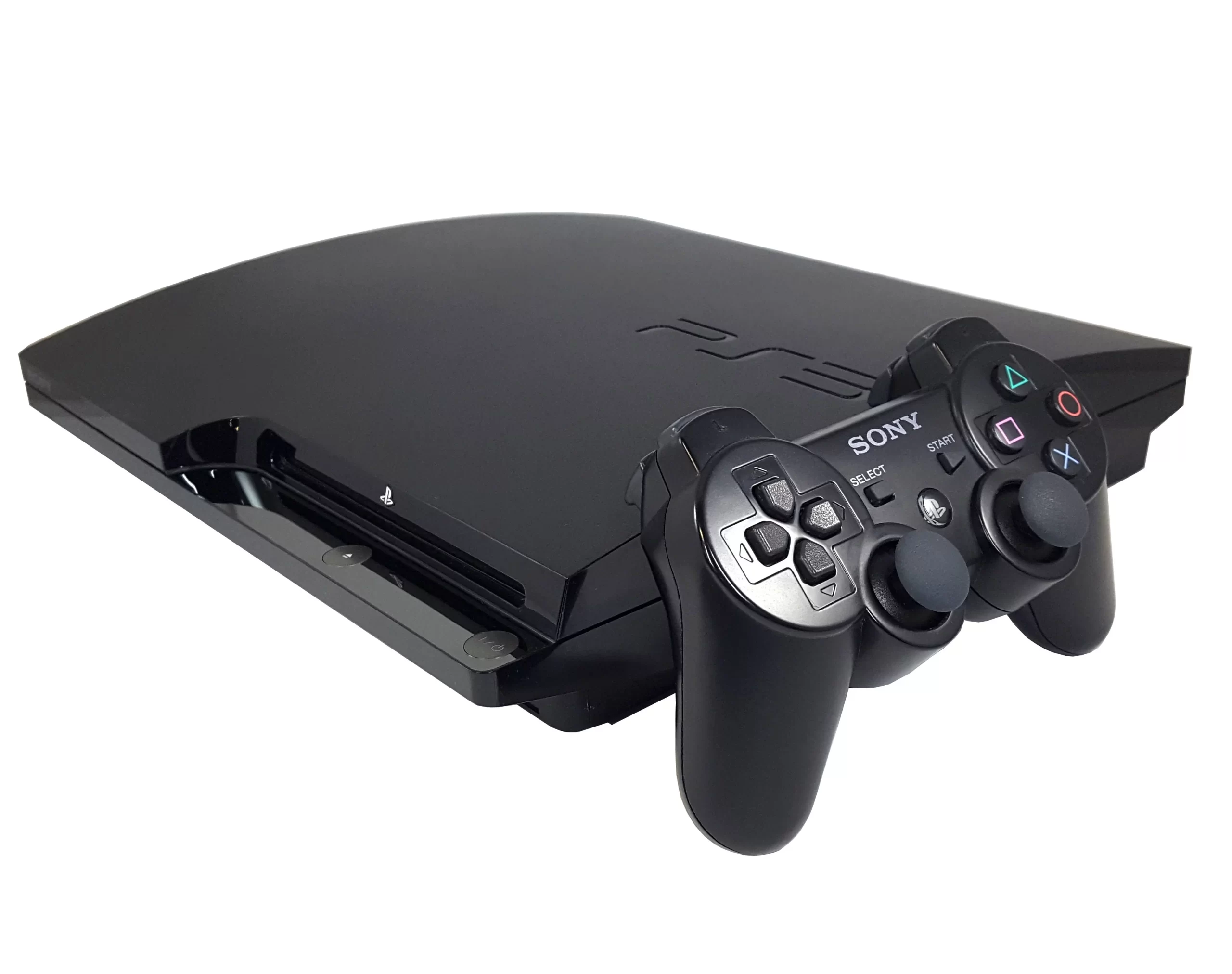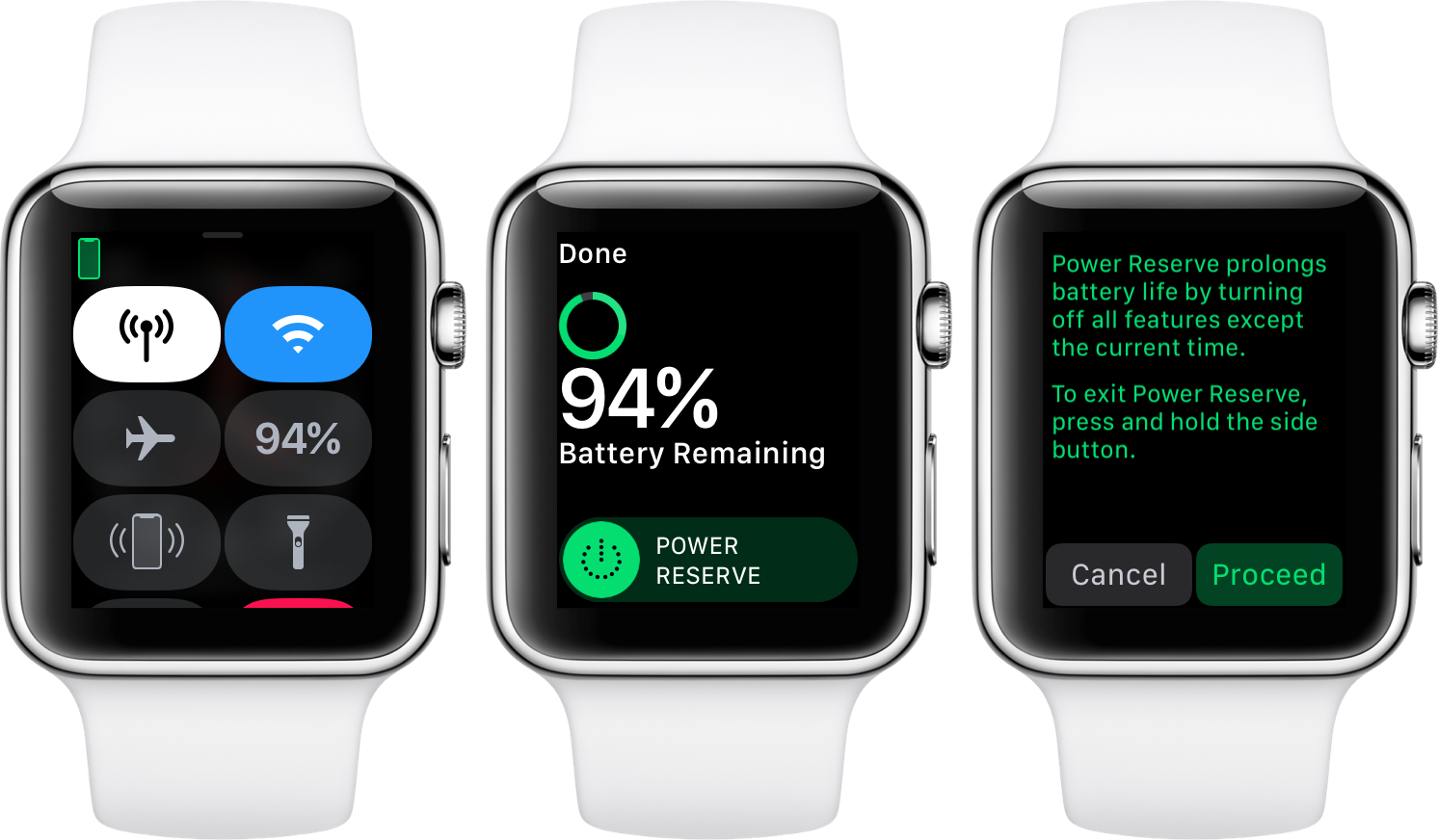Having a blurry screen on your Android phone or iPhone can be frustrating. It hampers your ability to use your device effectively and can be a sign of underlying issues. But fear not! In this comprehensive guide, we will walk you through the steps to fix a blurry phone screen on both Android and iPhone devices. Whether it’s a software glitch, a dirty screen, or a specific app causing the problem, we’ve got you covered. So, let’s dive in and get your phone screen back to crystal clear!
Causes of a Blurry Screen on Android and iPhone
A blurry screen can be caused by various factors on both Android and iPhone devices. Understanding the root cause of the problem will help you troubleshoot and fix it effectively. Here are some common reasons for a blurry screen:
Dirty Screen: A dirty screen covered in smudges and fingerprints can make the display appear blurry.
Incorrect Brightness: Adjusting the screen brightness is crucial for optimal visibility. A screen that is too bright or too dim can result in a blurry display.
Low Screen Resolution: If the screen resolution is set too low, the image quality can suffer, leading to a blurry screen.
App Issues: Certain apps may have compatibility issues or bugs that cause the screen to appear blurry when using them.
Software Problems: Problems with the device’s software, such as outdated operating systems or corrupted files, can affect the screen clarity.
Hardware Issues: In some cases, hardware problems, such as a damaged display or faulty connectors, can cause a blurry screen.
Now that we have identified the potential causes, let’s move on to the step-by-step solutions for fixing a blurry phone screen.
Solutions for Android Devices
1. Restart Your Android Device
A simple restart can often resolve temporary software errors that may be causing the screen to appear blurry. To restart your Android device, follow these steps:
- Press and hold the power button until the power options menu appears.
- Select “Restart” or “Reboot” from the menu.
- Wait for your device to restart and check if the screen is still blurry.
2. Clean Your Screen
A dirty screen can significantly impact the clarity of the display. To clean your Android screen:
- Power off your device.
- Gently wipe the screen with a microfiber cloth or a soft, lint-free cloth.
- If necessary, lightly dampen the cloth with water (avoid using harsh chemicals or excessive moisture).
- Wipe the screen in a circular motion to remove any smudges or fingerprints.
- Power on your device and check if the screen is clear.
3. Adjust Screen Brightness
Incorrect screen brightness settings can make the display appear blurry. Follow these steps to adjust the brightness on your Android device:
- Swipe down from the top of the screen to access the notification panel.
- Locate the brightness slider and adjust it to a comfortable level.
- Additionally, check if any blue light filters or Night Light mode are enabled and disable them if necessary.
4. Adjust Screen Resolution
Some Android devices allow you to adjust the screen resolution for improved clarity. Here’s how to change the screen resolution:
- Open the Settings app on your Android device.
- Search for “Resolution” or “Display” in the settings search bar.
- Select the option that allows you to change the screen resolution.
- Choose the highest resolution available for optimal clarity.
- If there is a “Smart Resolution” option, make sure it is turned off.
5. Check for App Issues
If the screen appears blurry only when using a specific app, the problem may lie within that app. Here’s what you can do:
- Go to the Settings app on your Android device.
- Find the “Apps” or “Applications” section.
- Locate the problematic app from the list and tap on it.
- Select “Storage” or “App Info” and choose the option to clear the app cache and data.
- If the issue persists, consider uninstalling and reinstalling the app.
6. Factory Reset Your Android Device
If all else fails and the screen remains blurry, performing a factory reset can help resolve software-related issues. Keep in mind that a factory reset will erase all data on your device, so make sure to back up any important files before proceeding. To factory reset your Android device:
- Go to the Settings app on your device.
- Find the “System” or “System & Updates” section.
- Look for the “Reset” or “Backup & Reset” option.
- Select “Factory Reset” or “Erase All Data.”
- Follow the on-screen prompts to reset your device to its original settings.
7. Professional Repair
If none of the above solutions work, it might be time to seek professional help. If your device is still under warranty, contact the manufacturer or authorized service center for repairs. They will be able to diagnose and fix any hardware-related issues causing the blurry screen.
Solutions for iPhone Devices
1. Restart Your iPhone
A simple restart can often resolve minor software glitches that may be causing the screen to appear blurry. To restart your iPhone:
- For iPhones without Face ID, press and hold the power button until the “slide to power off” option appears. Slide the power icon to the right to shut down your iPhone. After a minute, press and hold the power button again until the Apple logo appears.
- For iPhones with Face ID, press and hold the side button and either volume button until the “slide to power off” option appears. Slide the power icon to the right to shut down your iPhone. After a minute, press and hold the side button until the Apple logo appears.
2. Clean Your Screen
A dirty screen can affect the clarity of your iPhone’s display. To clean your iPhone screen:
- Power off your iPhone.
- Gently wipe the screen with a microfiber cloth or a soft, lint-free cloth.
- If necessary, lightly dampen the cloth with water (avoid using excessive moisture or harsh chemicals).
- Wipe the screen in a circular motion to remove any smudges or fingerprints.
- Power on your iPhone and check if the screen is clear.
3. Adjust Screen Brightness
Incorrect screen brightness settings can make the display appear blurry. Follow these steps to adjust the brightness on your iPhone:
- Swipe down from the top-right corner of the screen (on iPhones with Face ID) or swipe up from the bottom of the screen (on iPhones with a home button) to access Control Center.
- Drag the brightness slider to adjust the screen brightness to a comfortable level.
- Additionally, check if Night Shift or True Tone settings are enabled and disable them if necessary.
4. Adjust Screen Resolution
Unlike Android devices, iPhones do not have adjustable screen resolutions. The display resolution is optimized for each specific iPhone model. If the screen appears blurry, it is unlikely to be a resolution issue.
5. Check for App Issues
If the screen appears blurry only when using a specific app, the problem may lie within that app. Here’s what you can do:
- Press the home button (on iPhones with a home button) or swipe up from the bottom of the screen (on iPhones without a home button) to access the app switcher.
- Swipe left or right to find the problematic app.
- Swipe it up or off the screen to close the app completely.
- Open the App Store and check for any available updates for that app.
- If an update is available, install it and check if the screen is clear.
6. Back Up Your iPhone
If the screen remains blurry despite trying the above solutions, it is recommended to back up your iPhone immediately. This ensures that your data is safe in case of any further issues. Here’s how to back up your iPhone:
- Connect your iPhone to a trusted computer using the appropriate cable.
- Open iTunes (for macOS 10.14 or older) or Finder (for macOS Catalina 10.15 or newer).
- Click on your iPhone icon in iTunes or Finder.
- Choose the backup option to create a backup of your iPhone.
- Wait for the backup process to complete.
7. DFU Restore Your iPhone
If all else fails and the screen remains blurry, you can try a DFU (Device Firmware Update) restore. This is a deep restore that erases all data on your iPhone and reinstalls the firmware. Make sure to back up your iPhone before proceeding. Here’s how to perform a DFU restore on your iPhone:
- Connect your iPhone to a computer and open iTunes (for macOS 10.14 or older) or Finder (for macOS Catalina 10.15 or newer).
- Put your iPhone into DFU mode by following the specific instructions for your iPhone model.
- Once in DFU mode, iTunes or Finder will prompt you to restore your iPhone.
- Follow the on-screen instructions to restore your iPhone to its original firmware.
8. Contact Apple Support for Repair Options
If none of the solutions above resolve the blurry screen issue, it may indicate a hardware problem. In such cases, it is recommended to reach out to Apple Support for further assistance. They can guide you through repair options, whether it’s scheduling an appointment at an Apple Store, sending your device for repair, or exploring other support options.
Additional Tips and Advice
- Screen Rotation Issues: If your screen won’t rotate, ensure that the screen rotation lock is disabled in the Control Center (swipe up from the bottom of the screen) or the Settings app. Restarting your device can also help resolve screen rotation issues.
- Video Quality: If the screen appears blurry only when streaming videos, it may be due to low-quality video or a weak internet connection. Try switching to a stronger Wi-Fi connection or adjusting the video quality settings within the specific app you’re using.
- Protective Screen Protectors: If you have a screen protector on your device, make sure it is clean and free from any air bubbles or debris. A damaged or improperly installed screen protector can affect the screen clarity.
- Software Updates: Keeping your device’s software up to date is essential for optimal performance and bug fixes. Regularly check for software updates in the Settings app and install them as they become available.
- Professional Repair vs. Upgrading: Consider the cost-effectiveness of repairing your device compared to upgrading to a new one. If the repair costs are high and your device is outdated, it may be more practical to invest in a new device.
Remember, each device and situation may vary, so it’s essential to adapt these solutions to your specific phone model and software version.
Conclusion
A blurry phone screen can be a frustrating issue, but with the right troubleshooting steps, you can restore your device’s display clarity. From cleaning your screen to adjusting brightness and resolving app issues, we’ve covered a range of solutions for both Android and iPhone devices. If all else fails, backing up your data and seeking professional repair options will ensure that your device is in good hands. By following this comprehensive guide, you’ll be able to fix a blurry phone screen and get back to enjoying a crystal-clear display.





